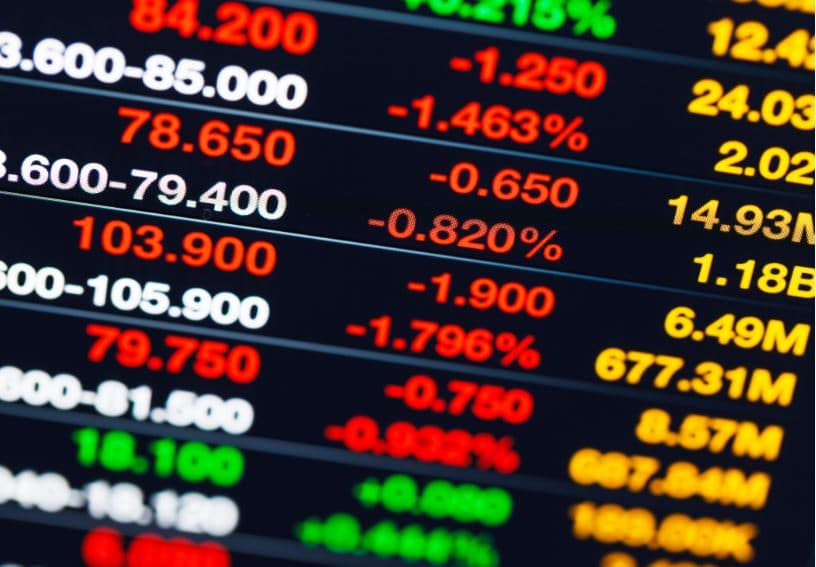Autodesk Inc. (NASDAQ: ADSK) stock plunged by 2.09% at the last close while the ADSK stock price declines by 14.48% in the after-hours trading session. Autodesk develops software for those who design and build things. If you’ve ever driven a high-performance car, gazed at a tall skyscraper, used a smartphone, or seen a fantastic film, chances are you’ve seen what millions of Autodesk customers are capable of. Autodesk empowers you to create anything.
Top 5 Tech Stocks to Buy in 2024
Don't let the chaos of rising interest rates, potential recession, tighter credit issues, higher oil prices, and incessant geopolitical issues chase you from the markets. Instead, just wait it out. With too much fear in the market, go bargain hunting with tech stocks. We have complied a report with the five of the best ways to profit within this industry.
"Top 5 AI Stocks to Buy in 2024."
Click here to sign up for our free report & newsletter, plus bonus offer "Elon Musk just Tiggered a BOOM in These Stocks"
Sponsored
ADSK stock’ Financial Results
Autodesk announced its financial results for the third quarter of fiscal 2022. Given below is the summary:
- For the third quarter fiscal 2022, the company generated a revenue of $1,126 million which is a hike of 18%.
- Revenue from design was $994 million, up 17 percent year over year and 15 percent in constant currency. Design revenue climbed 5% sequentially and 5% in constant currency, according to the company.
- In Q3 fiscal 2022, the GAAP operating margin was 1 percentage point lower at 17%.
- The non-GAAP operating margin increased by two percentage points to 32%.
- The non-GAAP diluted EPS was $1.33, while GAAP diluted EPS was $0.61.
- In the third quarter of last year, non-GAAP diluted net income per share was $1.33, up from $1.04 in the previous year.
- Operating cash flow was $270 million, while free cash flow was $257 million.
Andrew Anagnost, Autodesk president, and CEO commented that,
Customers are continuing to accept and prioritize digital transformation as a means of driving growth, productivity, and sustainability, resulting in significant demand for Autodesk’s platform. They’re constantly inventing and streamlining their business so that more customers can benefit from their ecosystem and take advantage of the opportunities that lie ahead.
Debbie Clifford, Autodesk CFO stated that,
In Q3, demand was high, resulting in high new subscriber growth and renewal rates. They expect it to stay that way in Q4. However, disruptions in supply chains and the resulting price pressures, a worldwide labor shortage, and the ebb and flow of COVID are all affecting the rate of recovery and prognosis.









